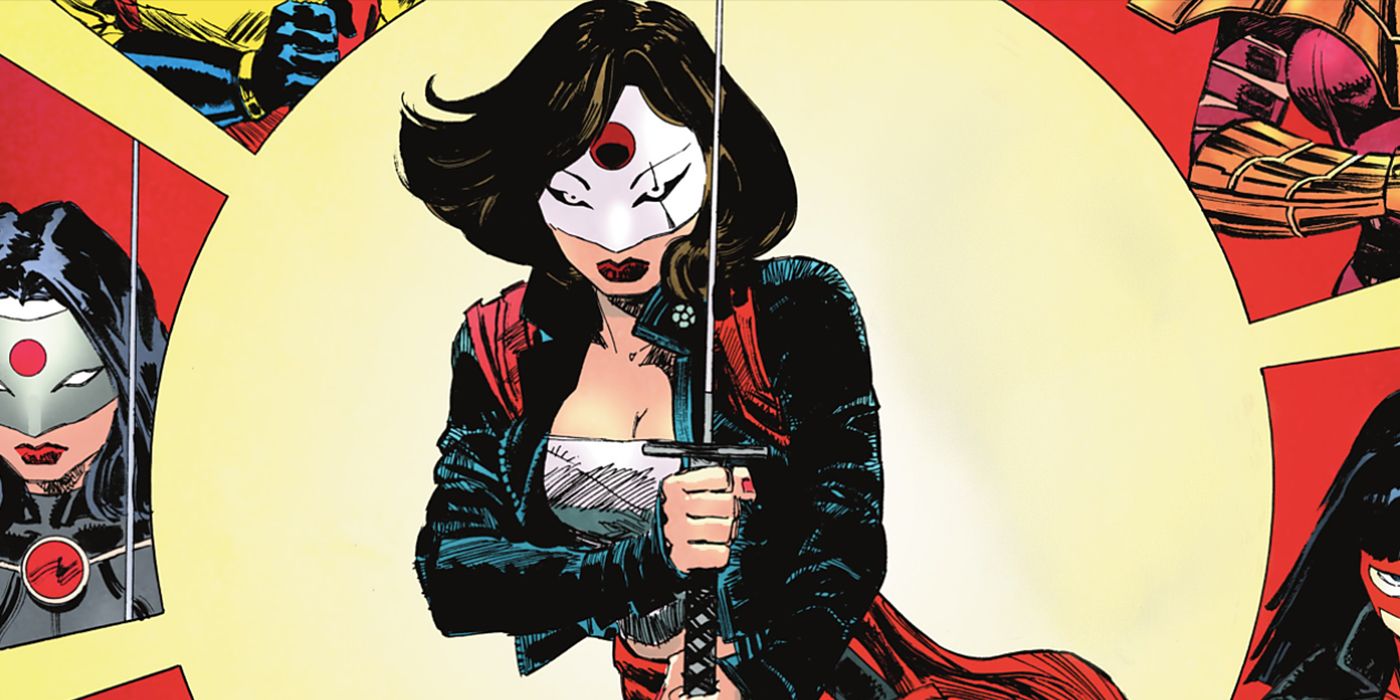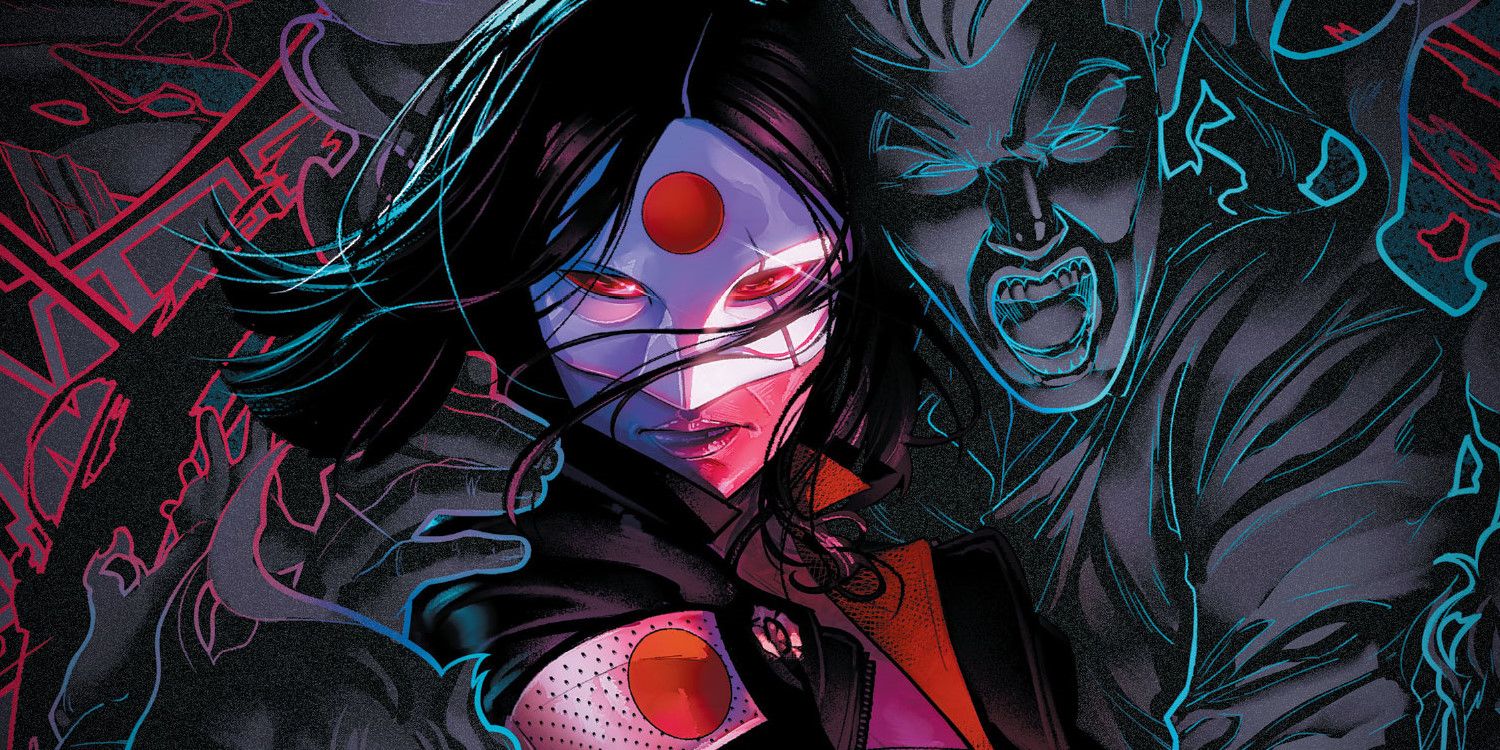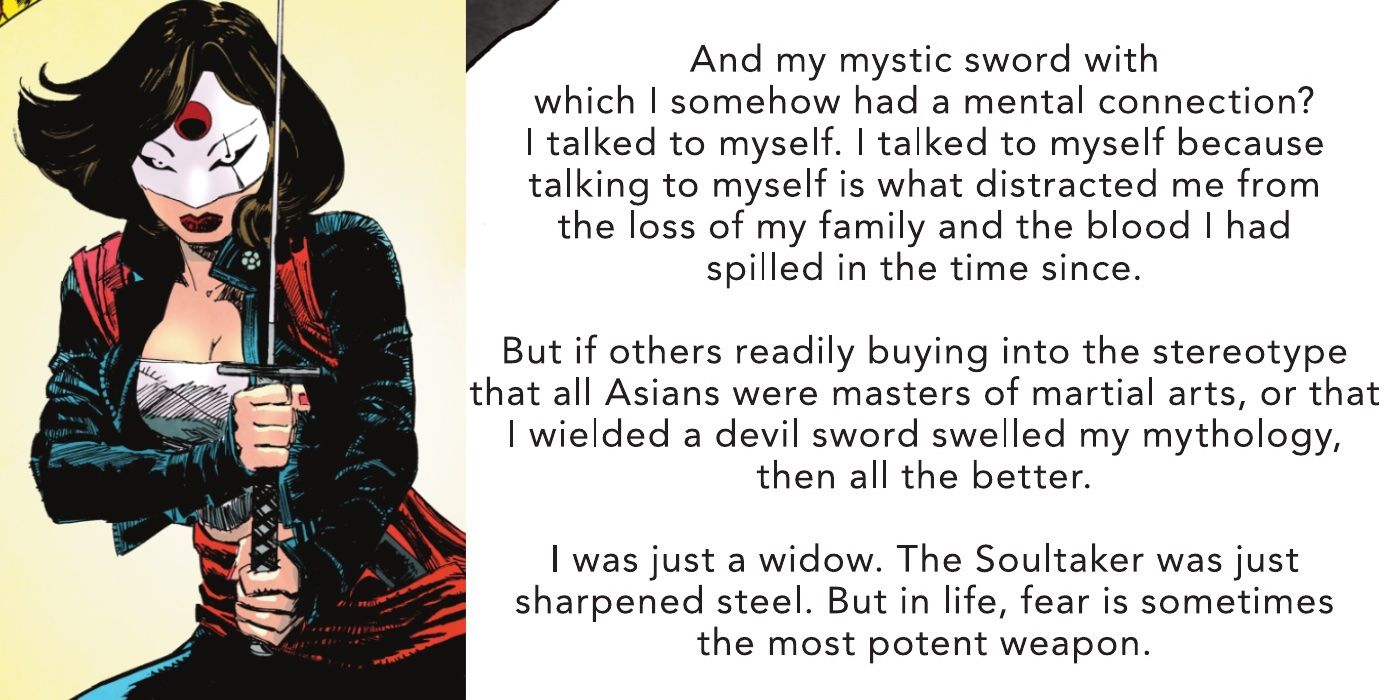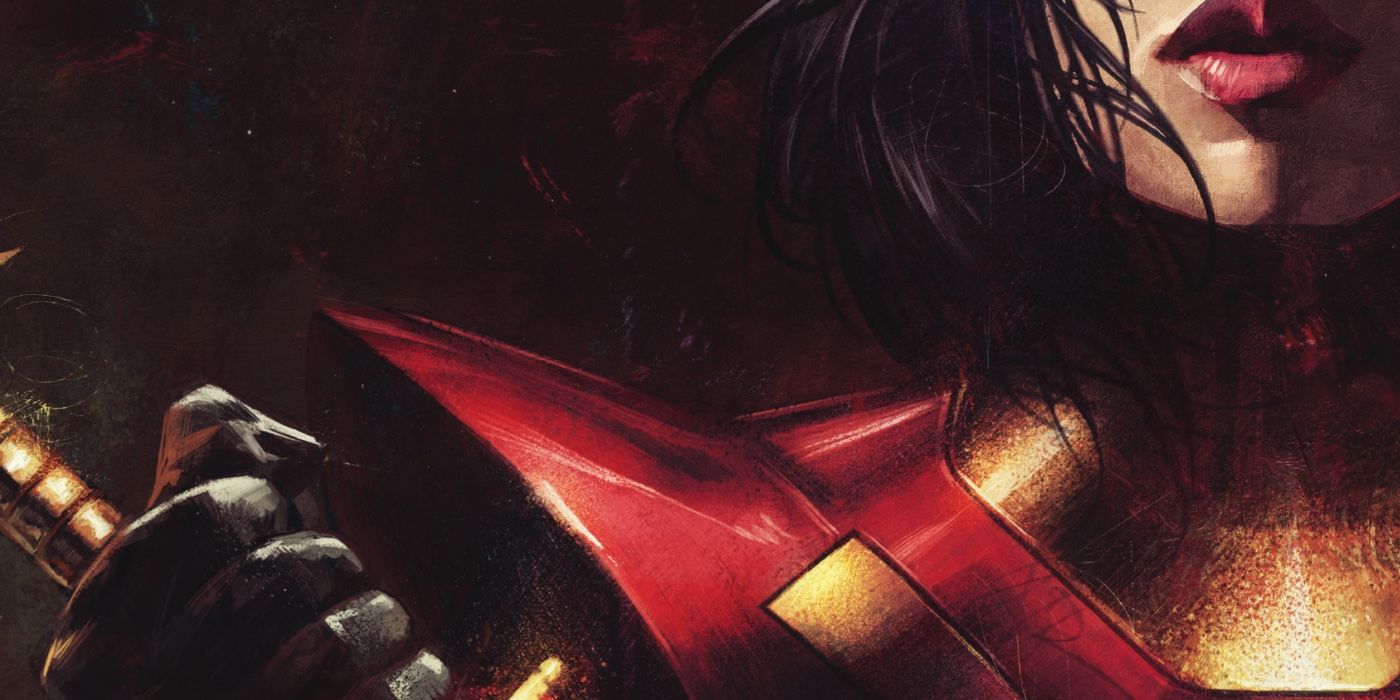Katana Deserves Better, and DC’s ‘Other History’ Shows Why
Katana has been a part of DC Comics since 1983, but only recently has she gotten the emotional recognition that she deserves.
You Are Reading :Katana Deserves Better and DC’s ‘Other History’ Shows Why

As a character, Katana is known as one of the most fearsome warriors in DC Comics. Born in Japan as Tatsu Yamashiro, Katana’s life was suddenly altered when her husband and children were murdered by her brother-in-law. Taking up her husband’s sword, Katana went on a murderous rampage to get revenge for her family until she was recruited by Batman for his Outsiders team. Since then, she has been on teams such as the Birds of Prey, Suicide Squad, and Justice League, battling foes of all kinds alongside some of the biggest names in DC Comics.
Debuting in 1983, Katana was one of the first Asian female superheroes in DC Comics, but only recently has she received a deep dive into her mythos as a character. In the ongoing series, The Other History of the DC Universe, writer John Ridley rendered Katana in a groundbreaking human approach in issue three of the series (written by John Ridley, layouts by Giuseppe Camuncoli, finishes by Andrea Cucchi, colors José Villarrubia, letters by Steve Wands). As a series, The Other History of the DC Universe is centered on uplifting the stories of heroes from underrepresented groups, and mixes art from previous issues in their publication history with revised text written by Ridley. The issue is instrumental in removing Katana from the exotic tropes she has been written with for decades, instilling both a sense of personhood for her as well as a unique perspective of the DC Universe as a whole.
Narrating her way through both her publication history and late twentieth century American history, Ridley’s Katana is given space to not only speak her truth, but provide a powerful counter to limiting depictions of her character over the years. In many of Katana’s comic appearances prior to The Other History of the DC Universe, she existed entirely in an exotic lexicon of rage, grief, and cultural difference. This treatment extends beyond the scope of superhero comics and can be seen with other Asian female characters in popular media. In her own entry of The Other History of the DC Universe, Katana fully comes into her own as a character who deserves more than the reductive treatment that characterizes much of her publication history. Katana’s real tragedy is not her sad backstory, but her rich emotional life that has been left unexplored until now.

The Other History of the DC Universe proves that the hackneyed treatment of Katana over the years has stunted her potential as a character. By existing only within narrow tropes pertaining to her gender, race, and culture, Katana has missed the opportunity to expand upon the brand of the heroism that DC Comics is known for. Yes, Katana is a fierce warrior from Japan who wields a weapon said to have the soul of her dead husband trapped inside of it, but what has this narrative actually done for readers across her publication history? This single story fails to ignite readers’ imaginations of what Asian female superheroes like Katana can be, because it treads the same territory each and every time. While it was certainly a revelation to see a Japanese woman fighting alongside Batman in 1983, the continuous characterization of Katana as Other limits the narrative impact that she can have.
Katana Is More Than The Myths Told About Her

One of the greatest achievements of comics as an art form is its capacity for transmitting three dimensional characters on a two dimensional surface. That is, despite the fact that comics are a sequential art form with or without text, characters can come across as tangible people if rendered with enough emotional depth. What makes characters believable is not so much the circumstances they are written in, but their psychological experience of it.
This is the ethos of John Ridley’s take on Katana in The Other History of the DC Universe #3. By taking core aspects of Katana’s character and unveiling Katana’s side of her story, Ridley provides an image of the character shaped not by other people’s perceptions, but by her own thoughts, feelings, dreams, and regrets. In other words, the issue finally gives readers a Katana who is cognizant of her own history, including how she has been stereotyped in the past.
Katana’s Relationship With Halo Is Her Emotional Centerpiece

While grief has informed much of Katana’s life as a superhero, Ridley provides a powerful counter to this in his expansion on the friendship between Katana and her Outsiders teammate, Halo. Despite being an adult woman, Halo has no memories of her past life, and is taken under Katana’s wing as she learns to navigate the world. With Katana being Halo’s legal guardian, she has a second opportunity to be a maternal figure, thereby helping her heal from the murder of her children years before.
The relationship that Katana has with Halo provides a very human look into her experiences as a superhero, bringing her beyond the spectacle of violence that she is commonly associated with. Katana’s nurturing side shows that she is way more than just a feared warrior, but a human being who empathizes with Halo’s condition. The line that Katana traverses between her fighting skills and her emotional nature provides nuance to her character that is often lost.

Ultimately, with The Other History of the DC Universe #3, John Ridley succeeded in undoing Katana’s perception as Other by bringing readers into her psychological and emotional experience. By closing the experiential distance between reader and character, Ridley established a version of Katana that was free from the stereotypical gaze and paradigms that has haunted her character. The end result is not only an enlightening new look at the DC Universe’s history, but also an emotionally-gripping journey of a widow searching for her found family as a superhero.
Ridley’s vision of Katana in The Other History of the DC Universe sets a powerful example for how characters of color can and should be reimagined past the contexts in which they were originally created. The fact that it took almost thirty years for Katana to appear in a story such as this evidences a stagnant trajectory for her character. By elevating Katana beyond tragedy, violence, and perceived cultural difference, Ridley exposes the emotional potential that Katana has as a superhero. Hopefully in the future, readers will see more of this carried forwards.
Link Source : https://screenrant.com/katana-dc-comics-other-history-wasted-better/
